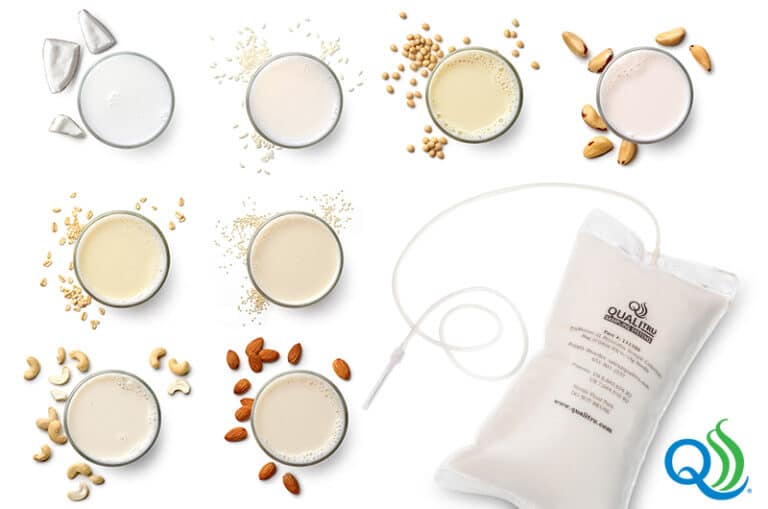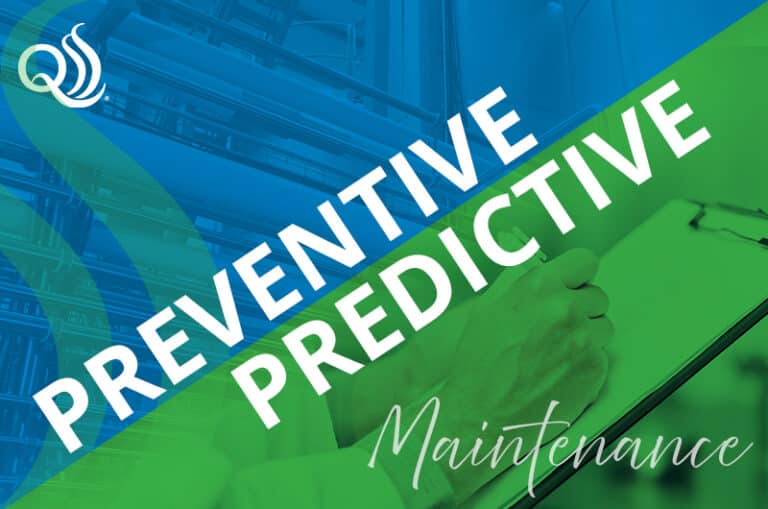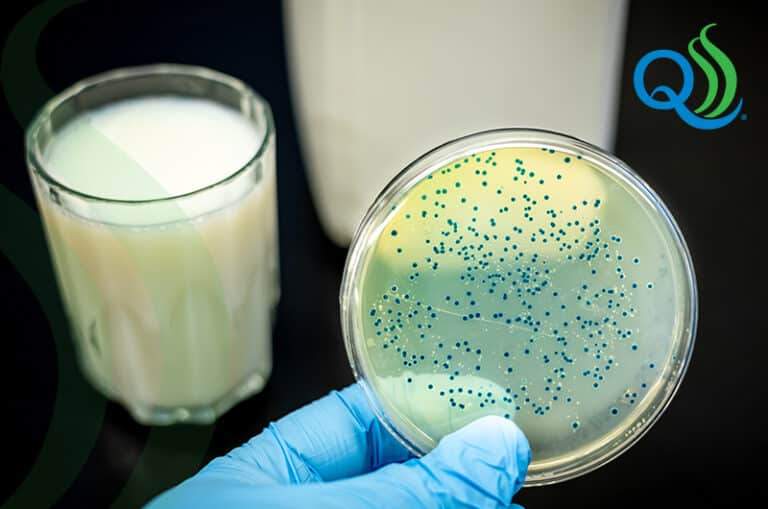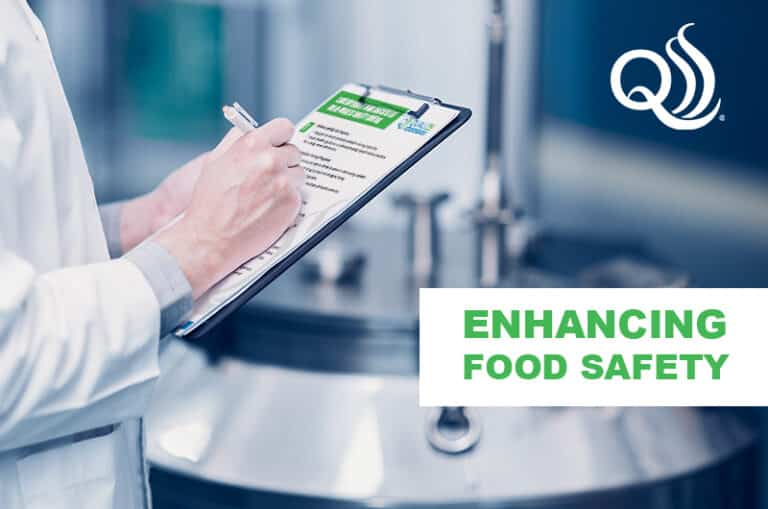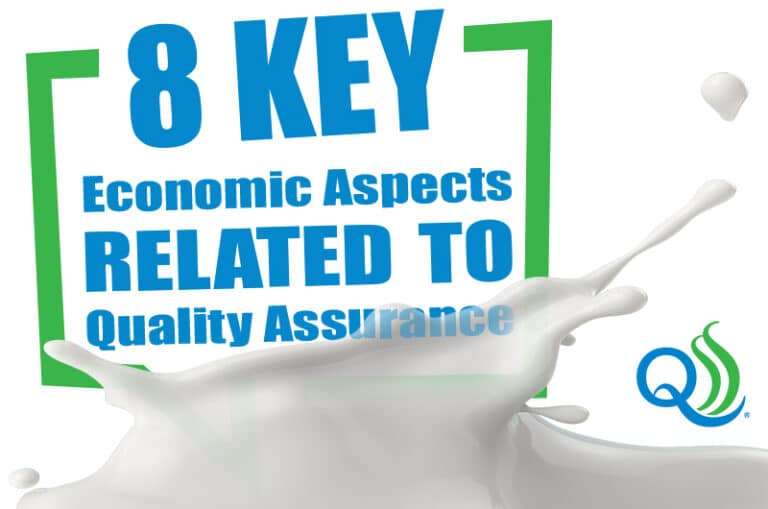Beyond the Dairy Aisle: Safety and Quality in Plant-Based Beverages
The plant-based beverage market has witnessed exponential growth in recent years, driven by increasing consumer demand for sustainable and health-conscious alternatives to traditional dairy products. However, with this rise comes the critical need to address safety and quality concerns unique to these products. Ensuring the safety and quality of plant-based beverages is not only imperative…

